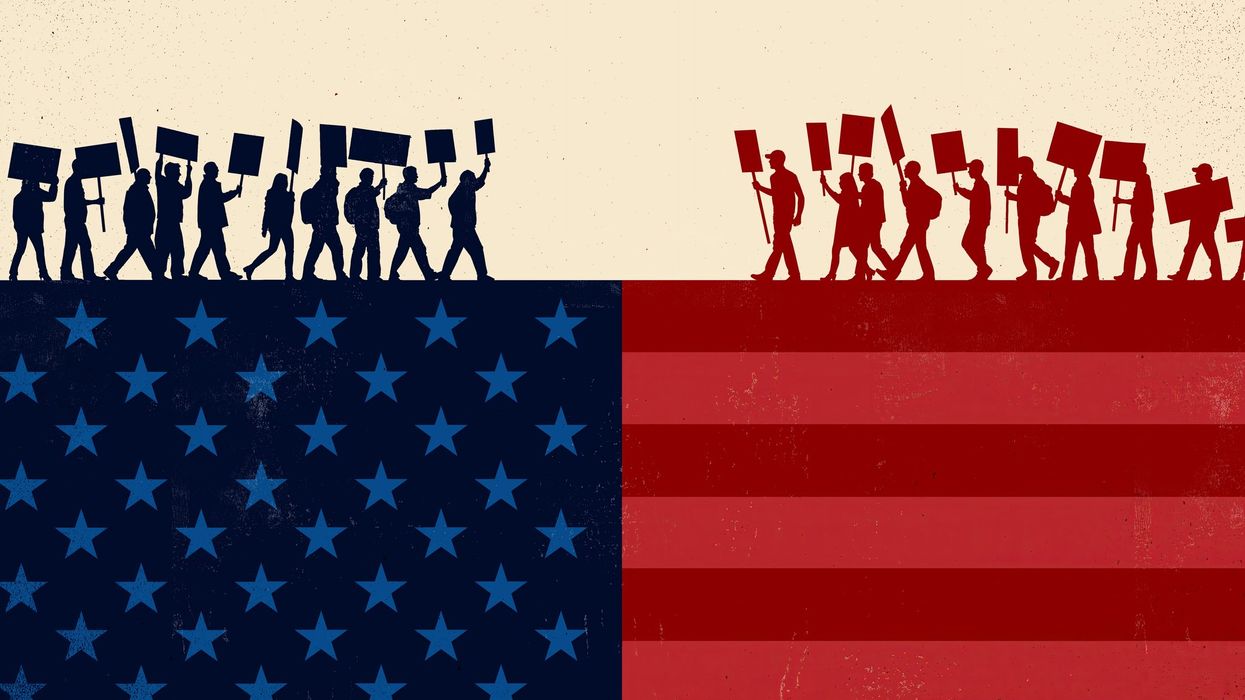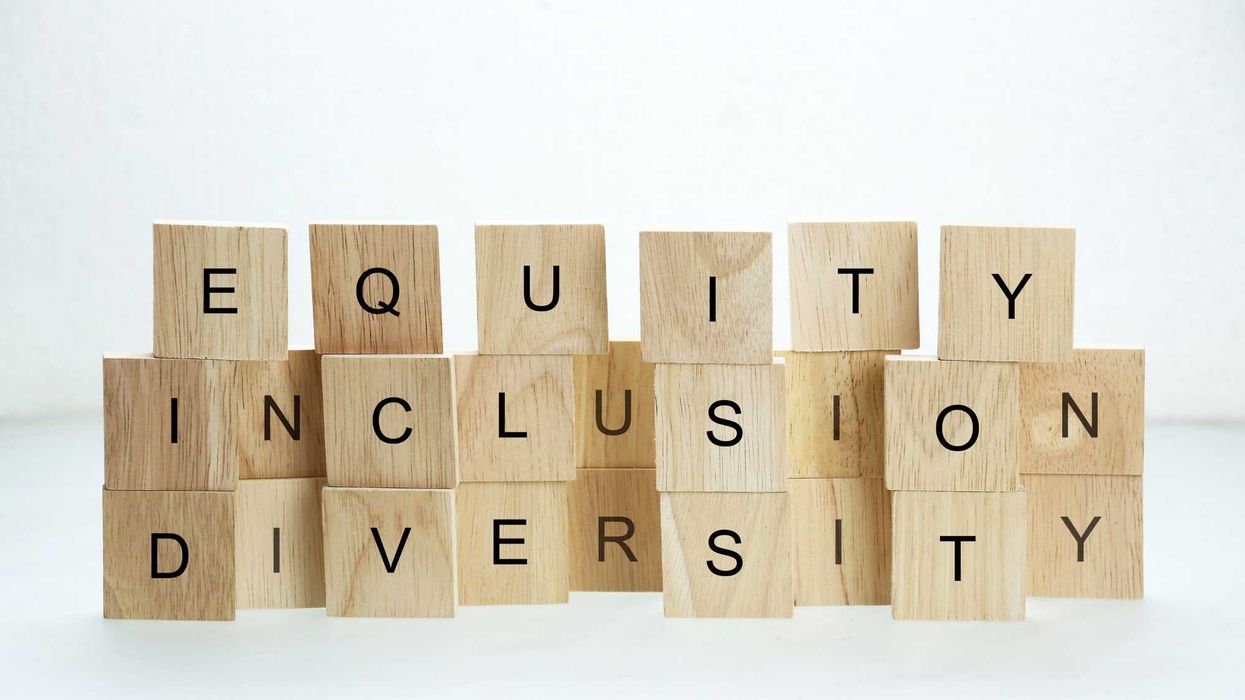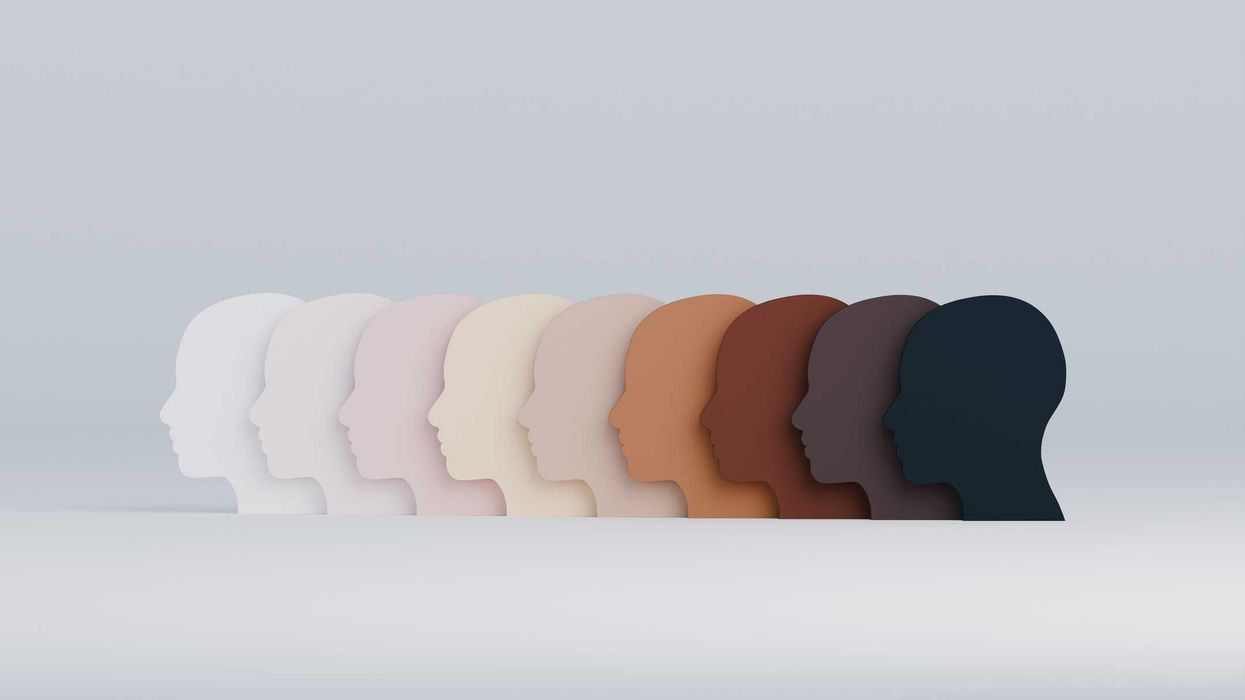Beaumont is an independent wisdom researcher who is developing the Applied Wisdom curriculum on Wikiversity.
We live in deeply divided times when extreme views often challenge our First Amendment rights to freedom of religion and separation of church and state. Extremism also promotes social, cultural and political polarization that separates us further as a people.
Not only is our nation dangerously divided, but we live in a dangerously divided world. Religious conflicts, wars, nationalism, class struggles, racial tensions, culture wars, ideological conflicts, social inequality, political polarization, book banning, hate crimes, climate change denial and conspiracy theories are a few examples of the conflicts that are dividing people throughout the world.
Could part of the solution be finding common ground through religion?
Traditional religions have been wildly successful throughout history. Today more than 80 percent of the world’s people identify as religious. Religious beliefs provided tribal people a sense of community, moral guidance, awesome experiences, answers to existential questions, hope and peace of mind through prayer, exploration of the virtues, comfort, tenderness, atonement, and other avenues for spiritual growth and community harmony.
Unfortunately, today many people are disappointed by theocratic bureaucracies that perpetuate inconsistencies and falsehoods that are based on outdated doctrine and dogma. More and more religious people are choosing non-denominational faiths and leaving traditional religions because they can find the community, moral guidance, comfort, and a sense of awe that traditional churches do not provide. Many are seeking religion that is rationally constructed and provides the benefits of traditional religions, while providing a fertile common ground for on-going learning and increased well-being. Real good religion can seek a higher good and allow curiosity and clear thinking to free ourselves from dogma. It can unleash our curiosity and help us adopt an inquisitive stance toward the various supernatural claims made by traditional religions.
Religion can embrace beliefs that are not based on wielding power, winning an argument, or adhering to an ideology, social conformity, respect for authority, loyalty, pride, comfort, or ambivalence. Modern religion will thrive if it is predicated on developing a well-founded moral reasoning, cherishing awe, gathering in communities and practicing real good versions of traditional prayers.
This does not mean we do not learn from and build upon traditional religion. Certainly we can learn from the universal teachings of traditional religions to appreciate human virtues, explore transcendent possibilities, enjoy symbols and rituals, and marvel at religious experiences. But we can expand our horizons and practice a faith that allows us to explore existential questions. We can gain comfort as we seek tenderness, atone for our wrongdoings, find real hope, continue spiritual growth and discover our true selves. We can do good as we help others through philanthropy and volunteer work.
Common ground in the form of a real good religion can help us come together and build a bright future for everyone. We can leave behind the anachronisms, inconsistencies, divisiveness, and polarization sometimes seen in religions and advance toward living a truly good life. We can enjoy


















